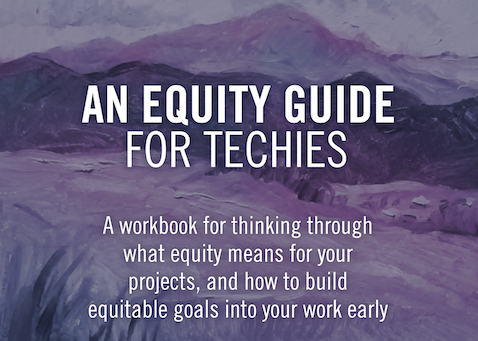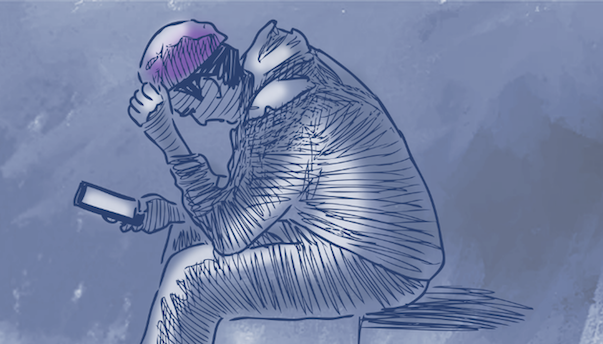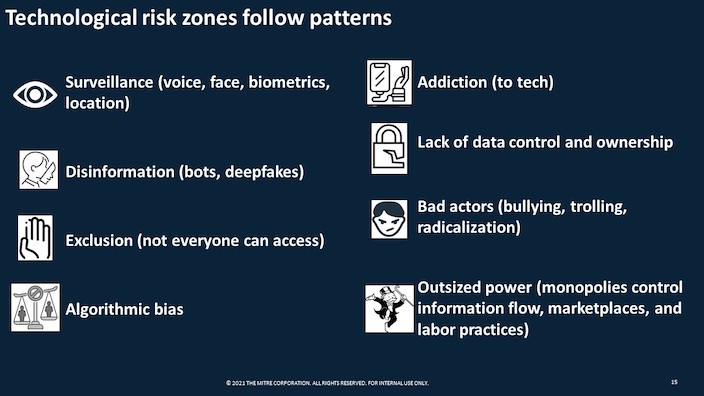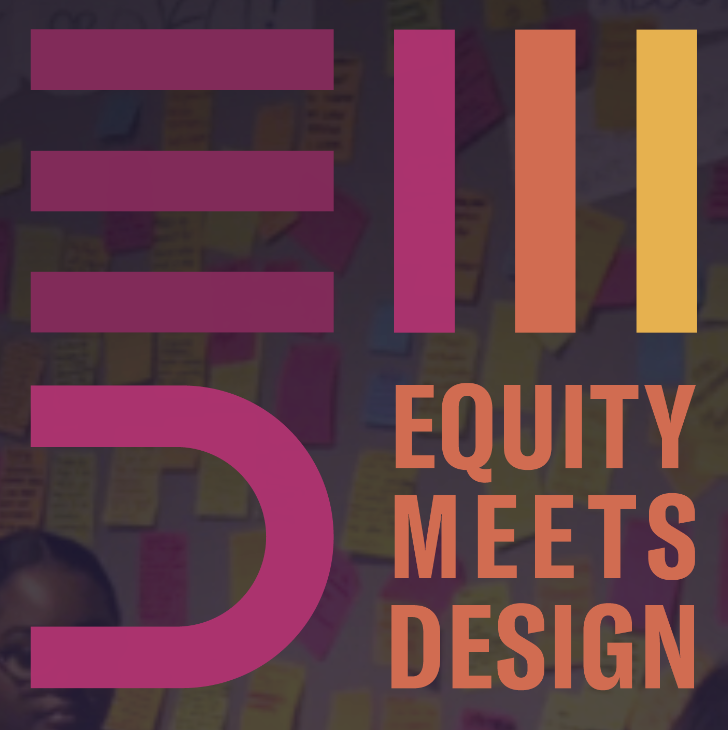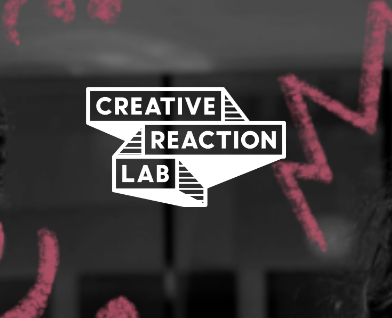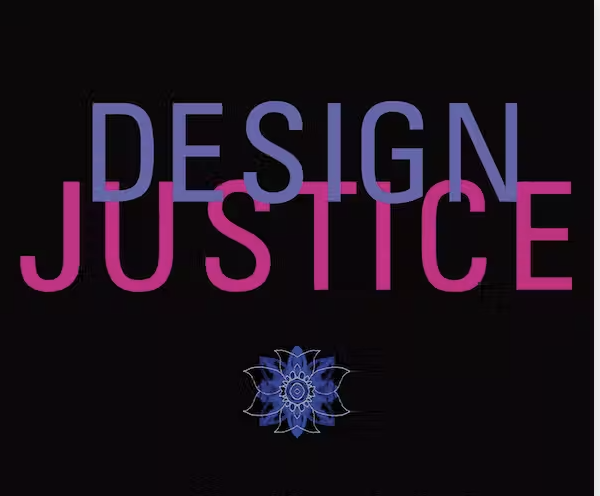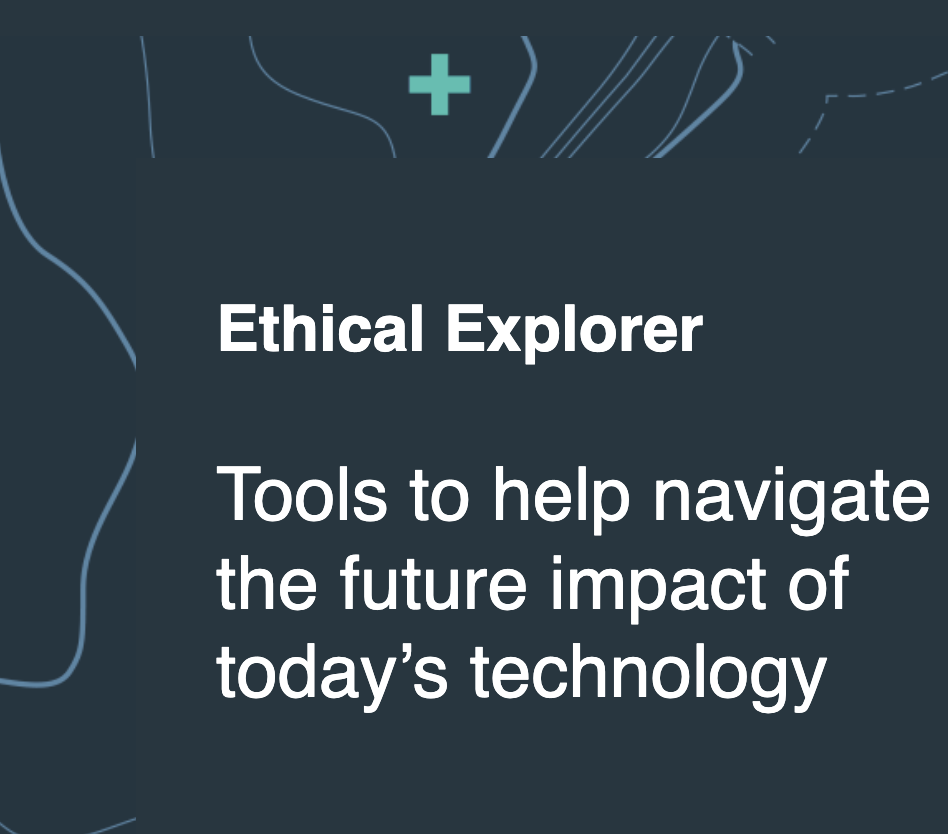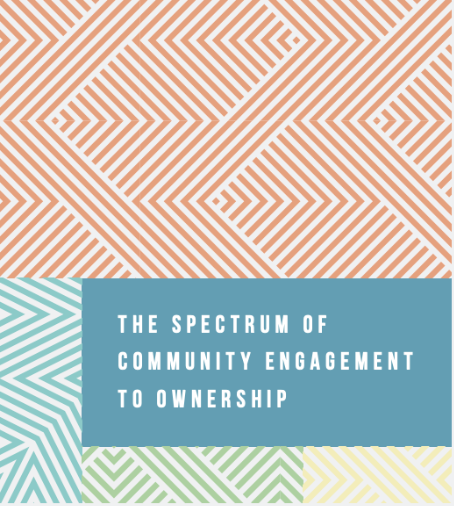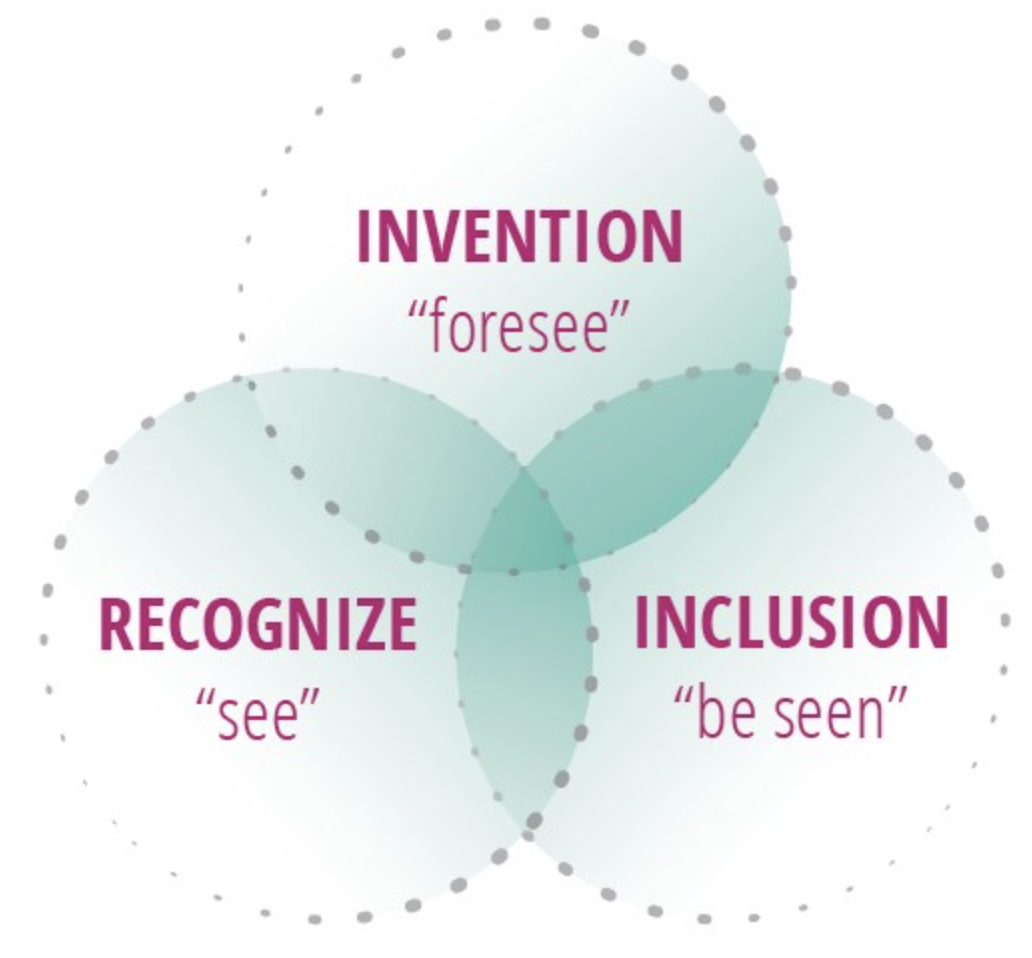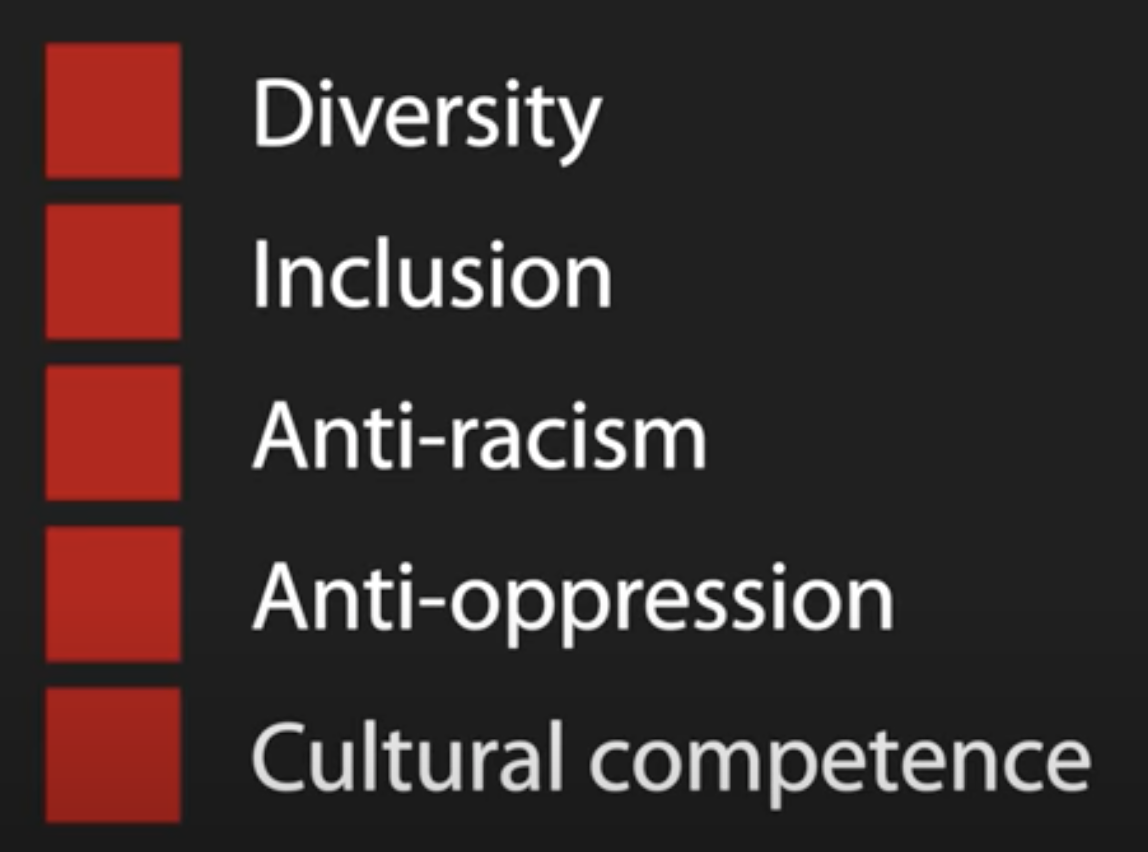Written by a techie for a techie
A few years ago, I read a story about a psychiatrist who realized that Facebook’s “people you may know” algorithm was recommending her patients to each other as potential “friends,” since they were all visiting the same location. As an electrical engineer, my first reaction was that these are engineering problems that can be analyzed and fixed. However, they’re actually issues of equity.
More and more issues of equity in advanced technology, like the one above, are coming to light. None of my experiences prepared me or trained me to consider equity, nor did they equip me with tools to design tech with equity in mind. I needed to practice designing for equity to understand it, let alone get better at it.
So I created this “Equity for Techies” workbook because I wanted to make equity seem less foreign to my fellow techies.

